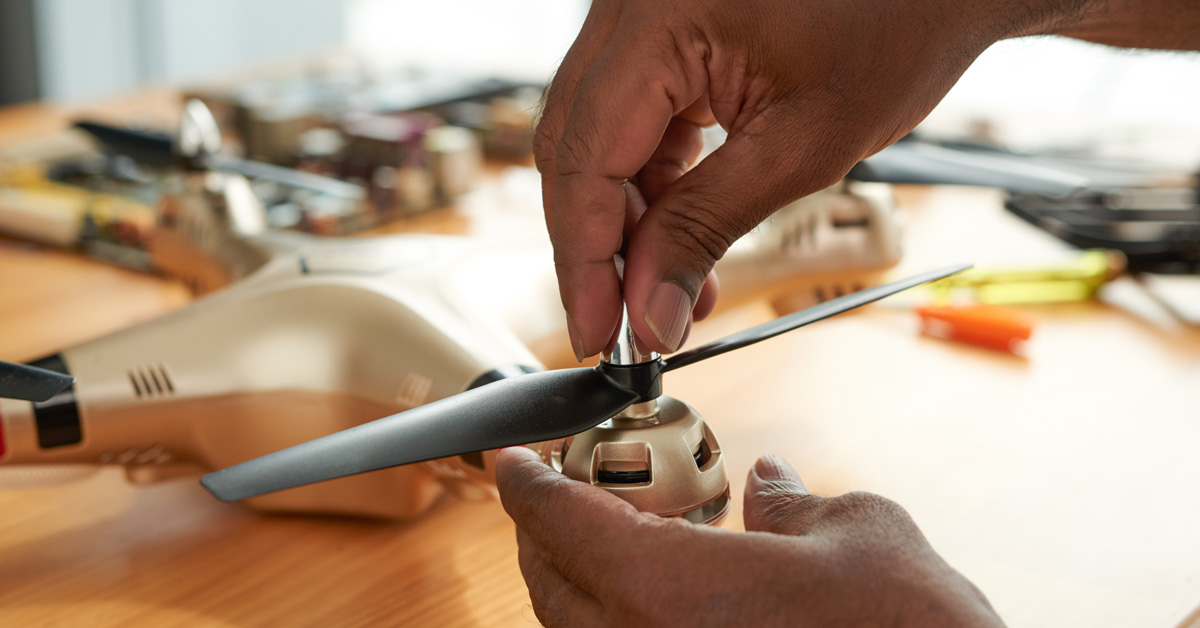Everybody starts off as a student pilot but the next step or progression to a higher level can be a bit confusing to some. You essentially have three choices: Private Pilot Certificate, Recreational Certificate, and Sport Pilot Certificate. Let’s break it down.
The student pilot certificate outlined in Part 61 Subpart C is often co-issued by your AME along with your medical and may also be obtained by visiting the local Flight Standards District Office. Eligibility requirements are fairly simple: be at least 16 years of age (14 for glider or balloon operations) and be able to read, speak, write and understand the English language. You may start your training prior to obtaining a student pilot certificate but it will become a required document prior to any solo flight in the aircraft so it’s best to just get it from the start.
The Private Pilot Certificate allows for the most amount of freedom between all three, however it also requires the highest level of training. Eligibility requirements can be found in 14 CFR §61.103. Applicants who often choose to obtain a Private Pilot’s license are on a career path in aviation or wish to fly with fewer limitations placed on them. There are no restrictions to the amount of passengers you can carry and you may fly just about anywhere regulations permit below 18,000 feet day or night.
The Recreational Certificate is best thought of as a step below Private and requires less training hours to earn. Part 61 Subpart D outlines eligibility requirements. This certificate allows for flight only within 50 nautical miles of the primary departure airport and the pilot must remain in either class G or E airspace. You are allowed to carry one passenger, must maintain constant contact with the ground in day VFR conditions, and operate aircraft not greater than 180 horse power. Pilots who earn their recreational certificate often use it as a stepping stone, eventually moving on to obtain a Private Pilot Certificate.
In 2004, the FAA created a new certificate level, the Sport Pilot Certificate, as an easier means to earning your wings. This certificate requires the least amount of training at only 20 hours (minimum), but also places the heaviest restrictions on the pilot. Part 61 Subpart J outlines information relating to Sport Pilots. Limitations and restrictions are similar to that of a recreational pilot, what differs is the type of aircraft a Sport Pilot Certificate holder can operate. The aircraft has to be considered a light sport aircraft (LSA) containing only 1 or 2 seats with a max speed of 120 knots. You are not required to hold a medical certificate to operate as a Sport Pilot which can be a huge draw for pilots who may not meet the requirements to obtain a medical certificate.
The choice is yours and the certificate you decide to earn will be based on your own specific goals and aspirations as a pilot. ASA’s offices will be closed on Friday, July 3rd, but we’ll be back to work on Monday. Have a great Fourth of July weekend!





